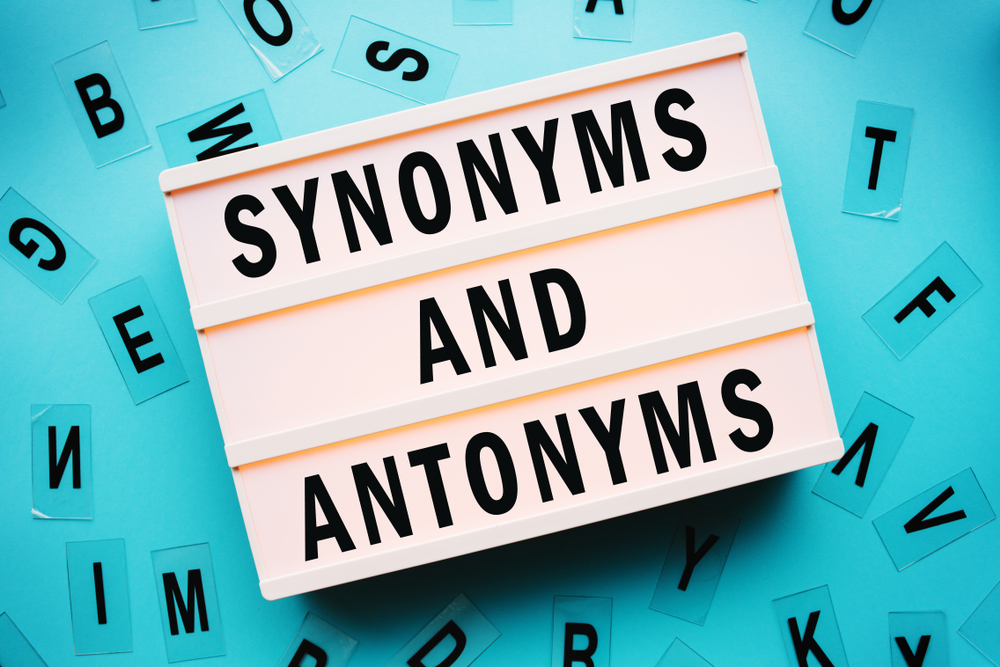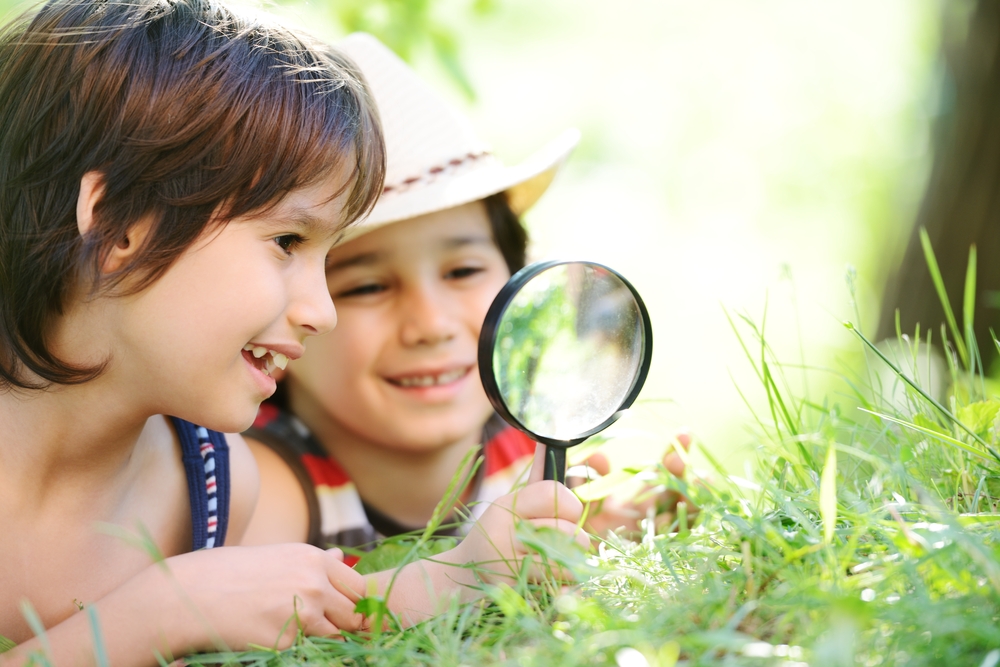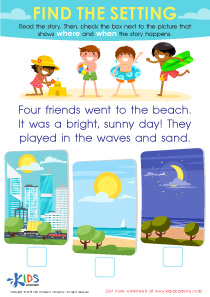Reading comprehension Easy Reading Fiction Worksheets for Ages 3-6
11 filtered results
-
From - To
Welcome to our Reading Comprehension Easy Reading Fiction Worksheets for Ages 3-6! Designed to foster a love for reading in young learners, these engaging worksheets feature delightful stories and fun activities. Perfect for preschool and kindergarten students, they promote critical thinking, vocabulary building, and comprehension skills. Each worksheet includes colorful images and age-appropriate questions to assess understanding, encouraging interaction and creativity. Parents and educators can easily print these resources to aid in learning at home or in the classroom. Let’s make reading a delightful adventure for your child and watch them flourish into proficient readers!
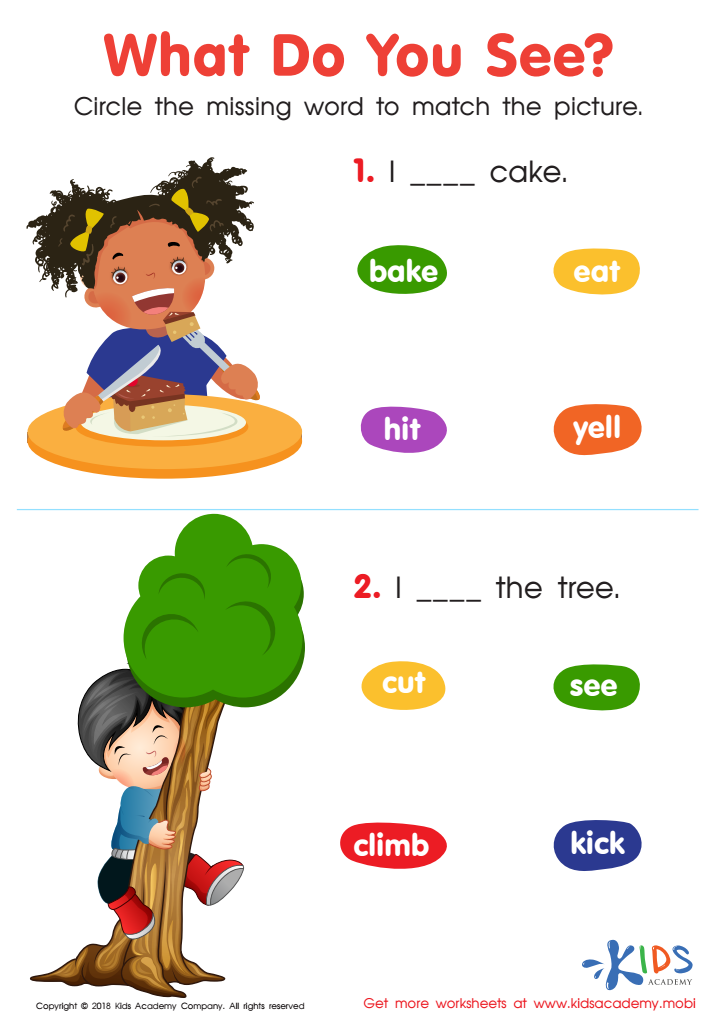

What Do You See? Reading Worksheet
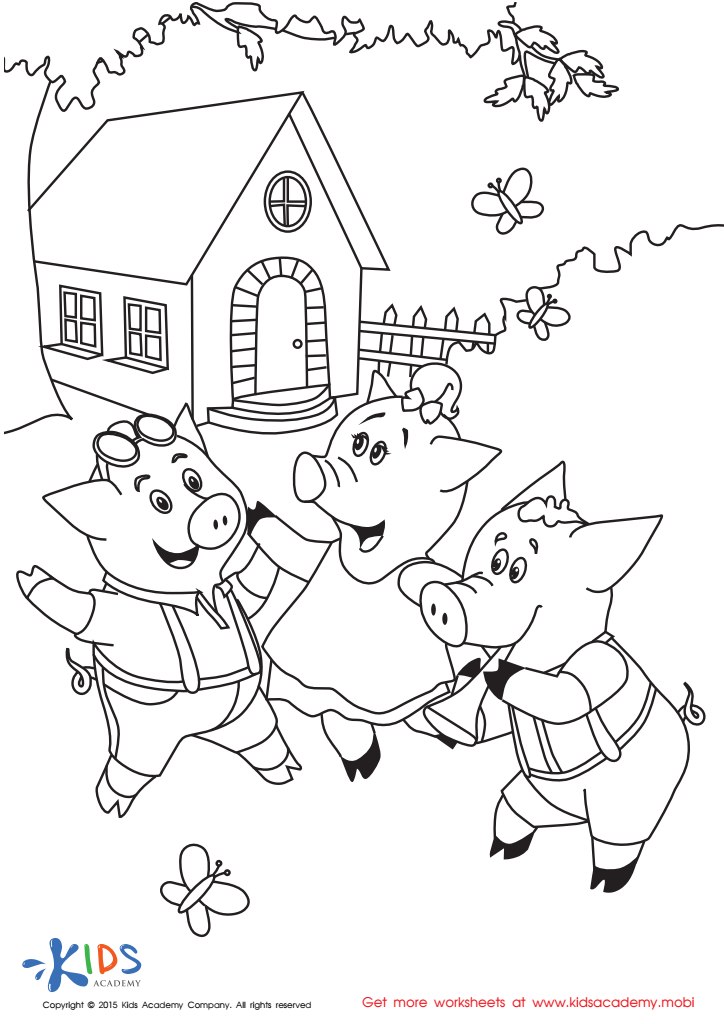

Folktales Printable PDF Worksheet: The 3 Little Pigs
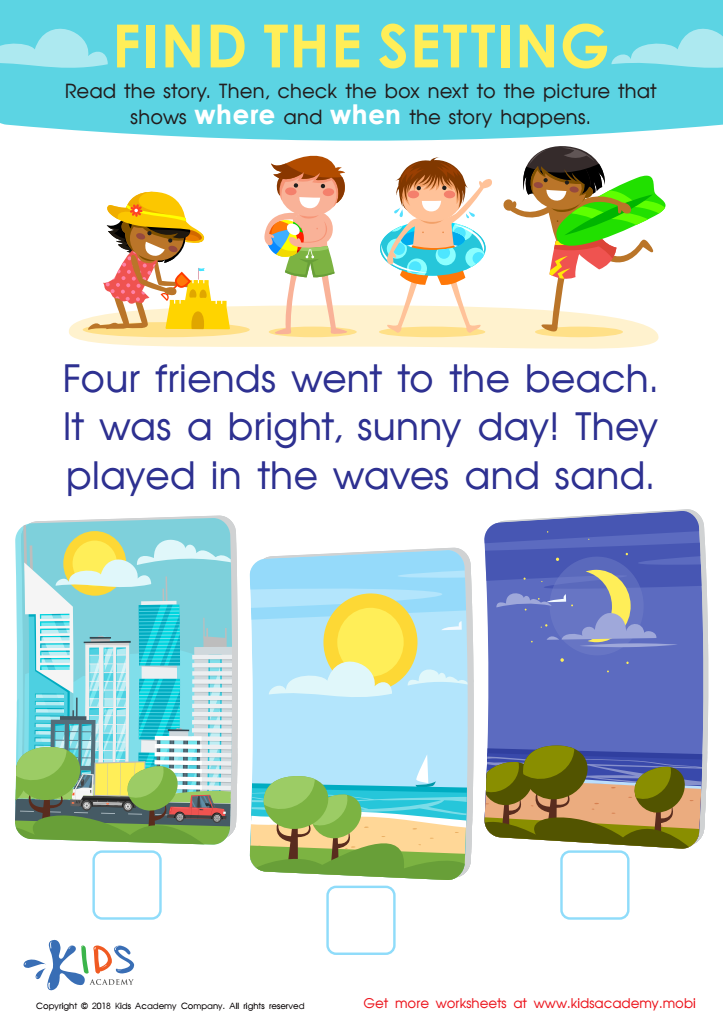

Find the Setting Worksheet
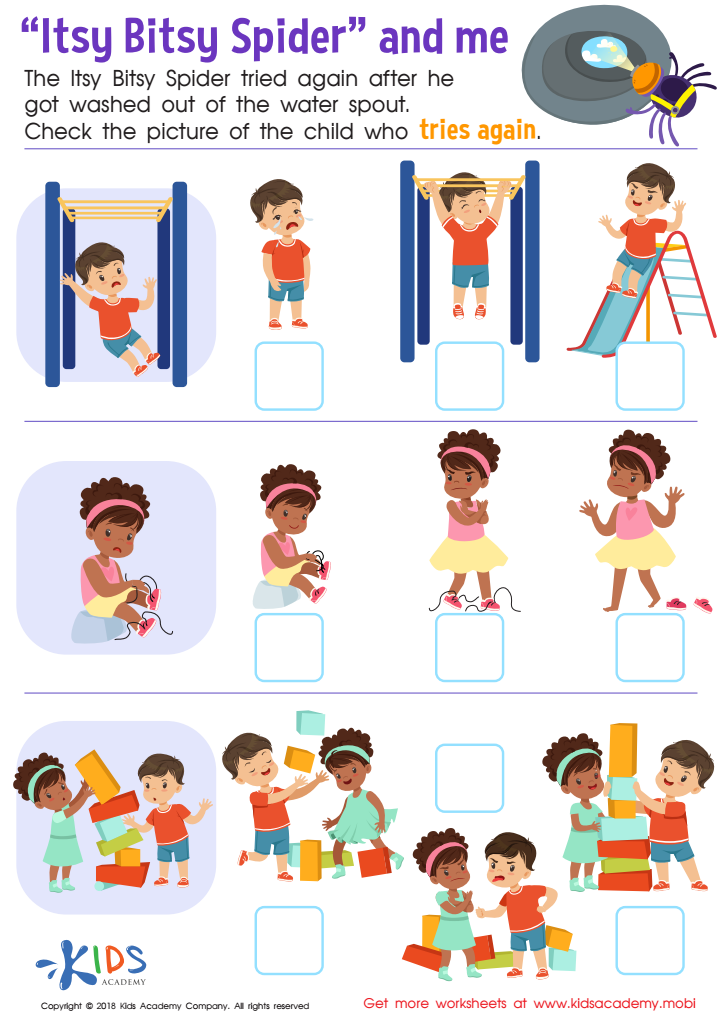

Itsy Bitsy Spider and Me Worksheet
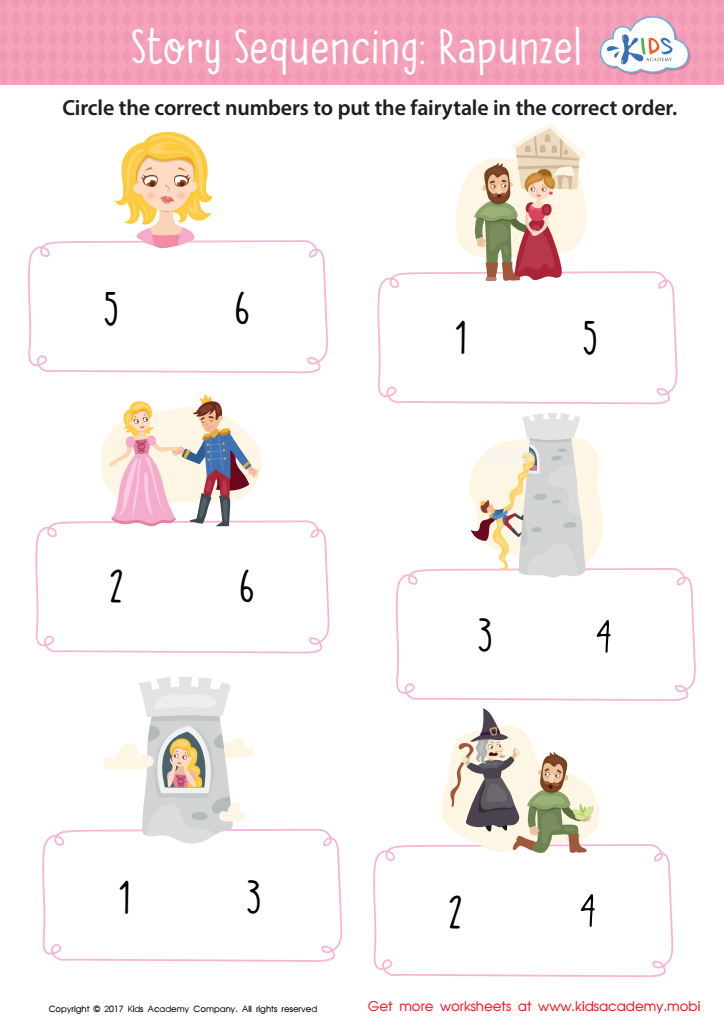

Rapunzel Story Sequencing Worksheet
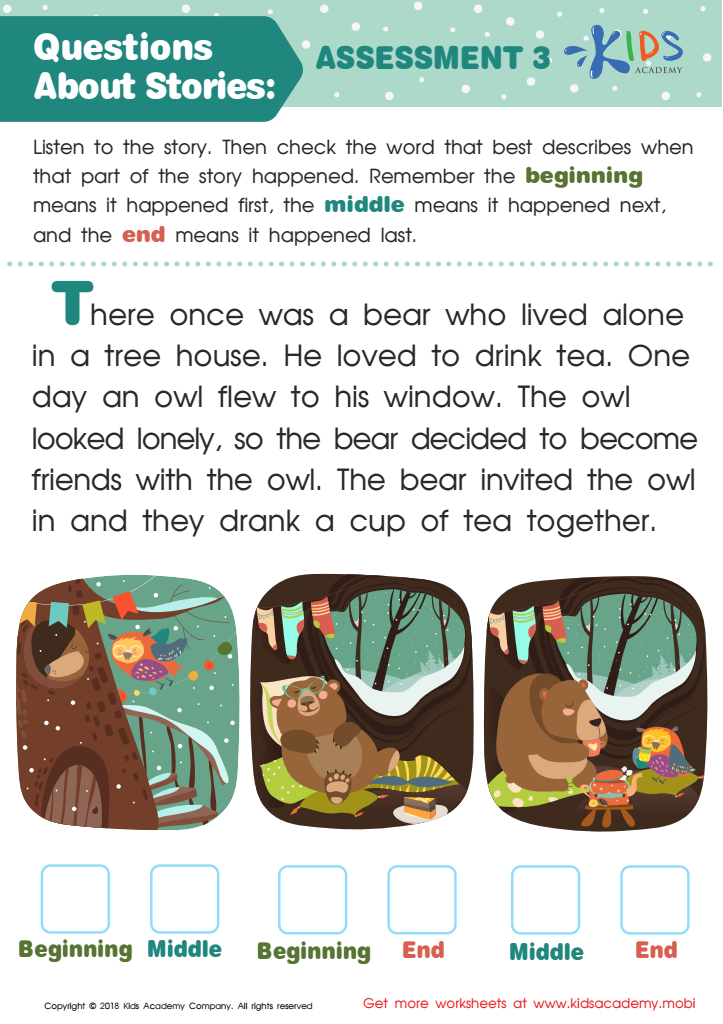

Questions About Stories: Assessment 3 Worksheet
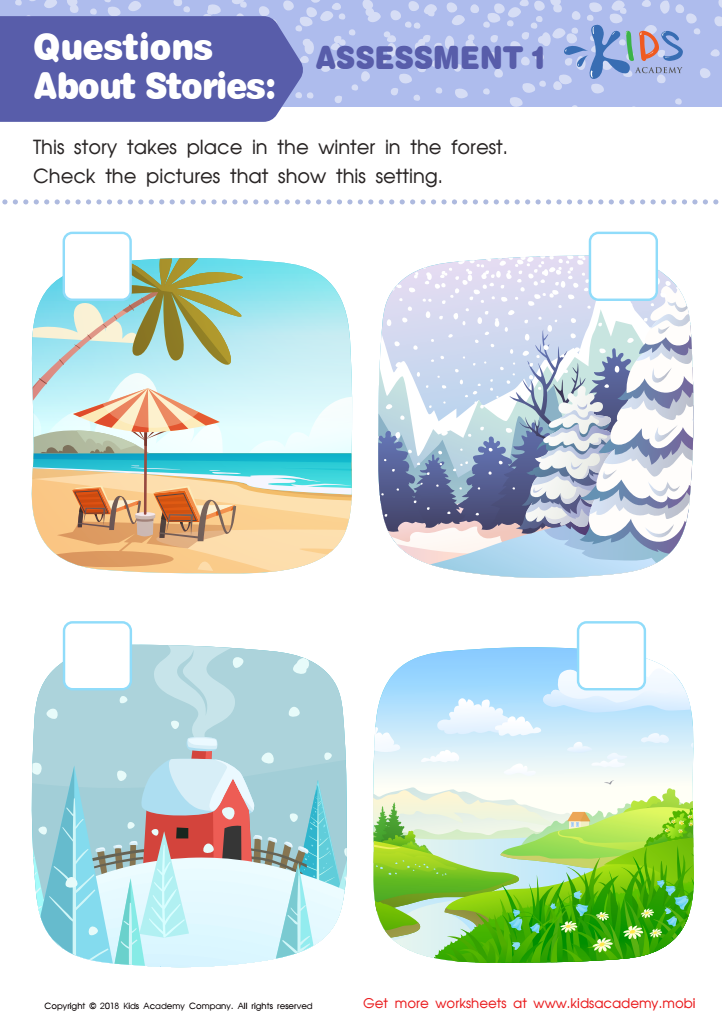

Questions About Stories: Assessment 1 Worksheet
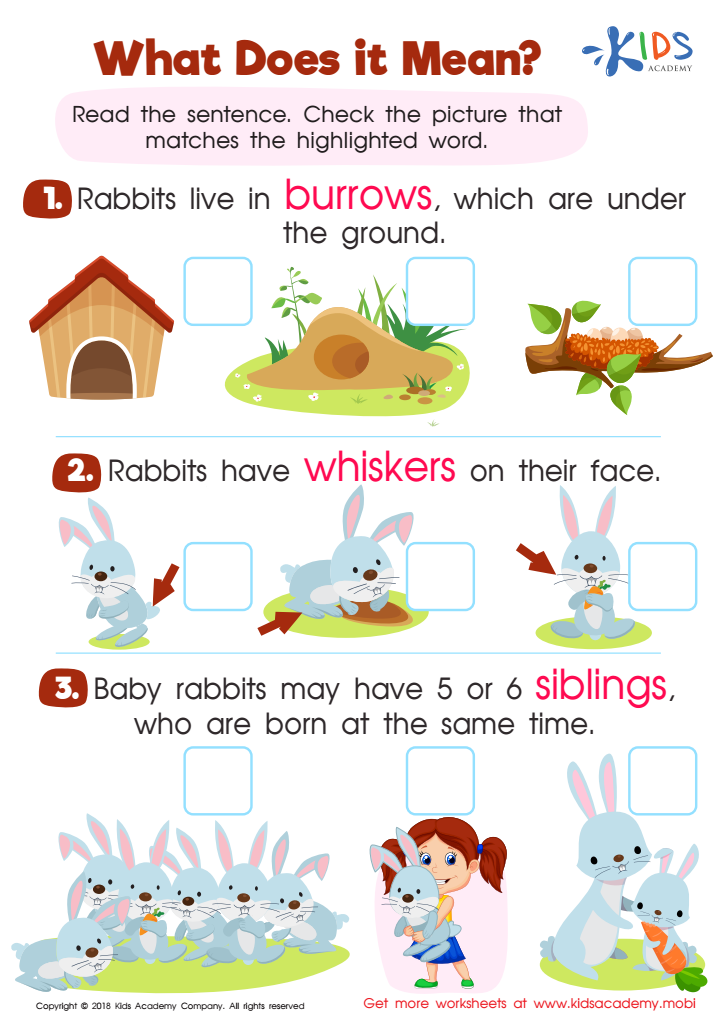

What Does It Mean? Worksheet
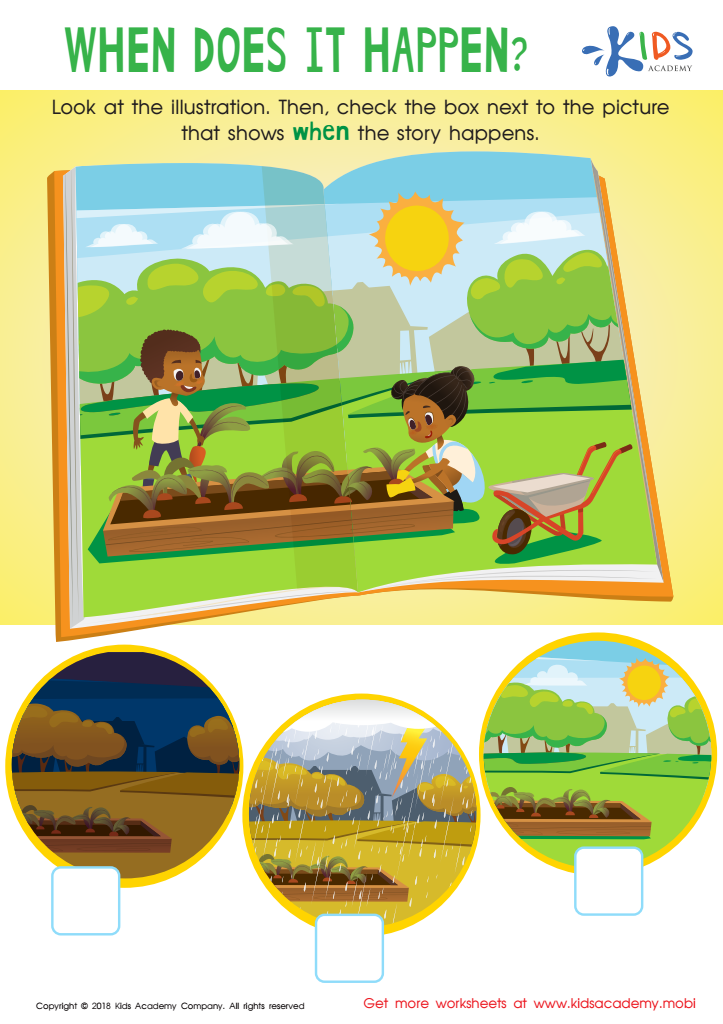

When Does It Happen? Worksheet
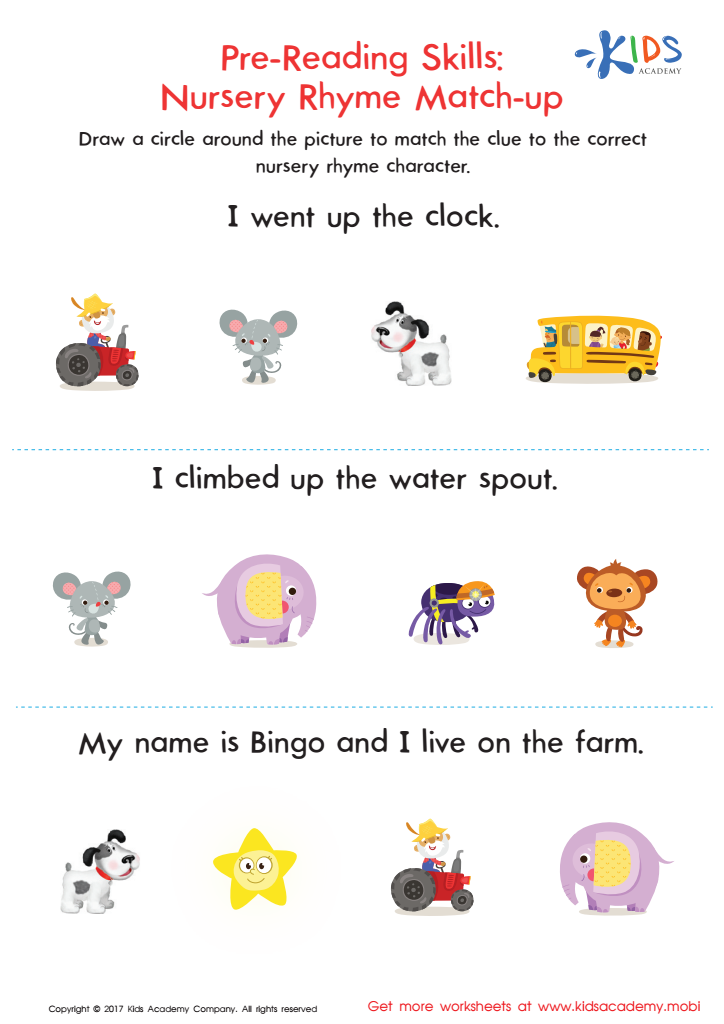

Nursery Rhyme Match–Up Worksheet
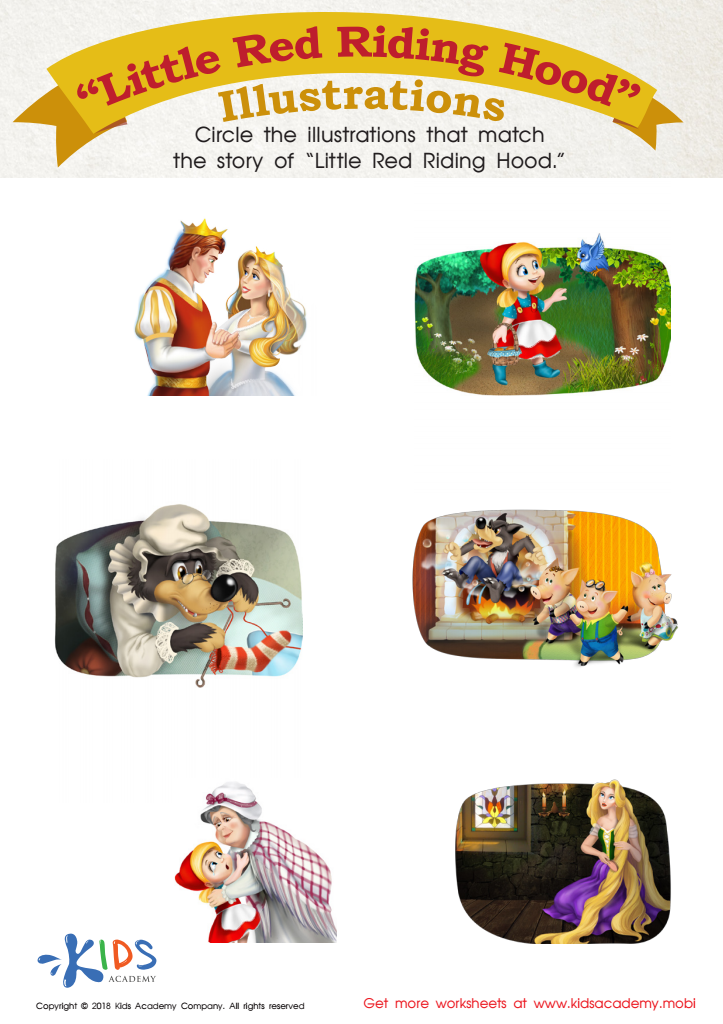

Little Red Riding Hood: Illustrations Worksheet
Reading comprehension is a vital skill for children, especially between the ages of 3-6, as it lays the foundation for their future learning. Engaging with easy reading fiction during this stage is crucial for several reasons.
Firstly, reading fiction enhances language acquisition. Children exposed to stories learn new vocabulary, sentence structure, and narrative skills in an enjoyable context. This exposure helps them articulate thoughts and feelings better. Secondly, these stories often introduce children to diverse characters and settings, fostering empathy and cultural awareness.
Moreover, reading comprehension encourages critical thinking. When children discuss plots or predict outcomes, they learn to analyze information and express their viewpoints. This interactive aspect also promotes a love for reading, turning it into an enjoyable routine rather than a chore.
Additionally, stories often incorporate moral lessons, helping children develop ethical reasoning and decision-making skills. Lastly, regular reading sessions between caregivers and children strengthen bonds and promote emotional security, contributing to overall well-being.
In summary, reading easy fiction fosters cognitive, emotional, and social development, making it an essential component of early childhood education. Parents and teachers should prioritize this activity to set children on a path toward lifelong learning and success.
 Assign to My Students
Assign to My Students






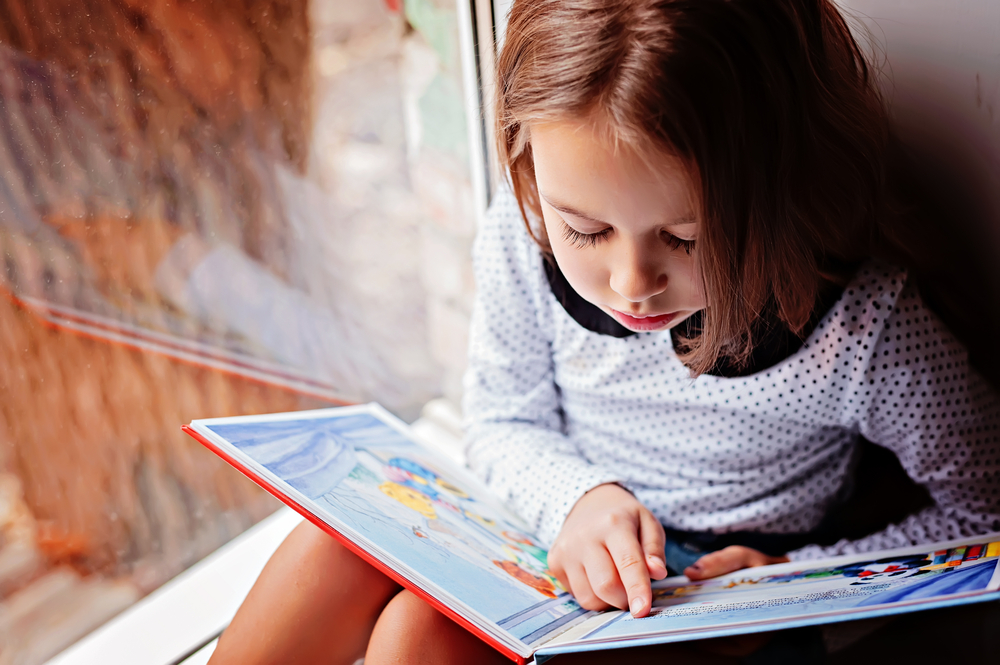
.jpg)
